IMPROVE MY GAME
Articles
-
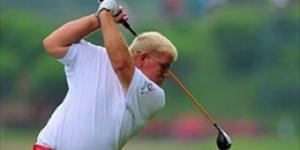
Stop that Over Swing !!
By Dave Phillips
If your over swinging, it could put you at risk for back injury so becareful.
More
-
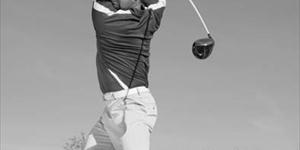
Most Common Swing Characteristics that Cause Lower Back Pain
By Dr. Greg Rose
Here are some tips to reducing your chance of Lower Back!
More
-
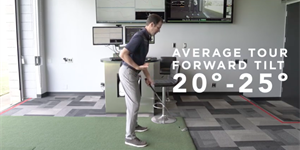
Understanding and Assessing Pelvic Tilt in the Golf Swing
By TPI
The pelvic tilt is one of the most overlooked and underappreciated movement patterns in the golf swing. While it might not be something that a coach cues in their student’s swing, it should be something that a coach is aware of in their student’s swing.
More
-
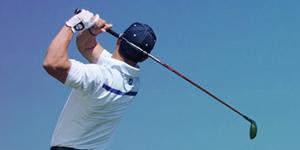
The Golfer's Guide to Lower Back Pain – Part 1
By Dr. Greg Rose
TPI Cofounder Dr. Greg Rose reviews how he uses the Body-Swing Connection™ when assessing lower back injuries in golfers.
More
-
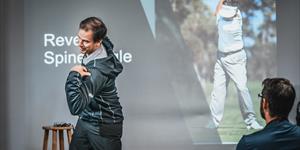
The Most Important Considerations for Treating Golfers With Lower Back Pain
By Dr. Greg Rose
Lower back pain is by far the most common ailment suffered by golfers, but the lower back is rarely the original cause of pain. It's often the victim, not the culprit.
More
-
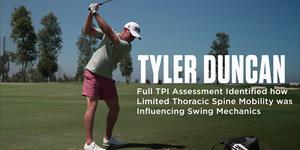
Tyler Duncan's TPI Assessment: Addressing Spine Angle and Spin Loft to Improve Wedge Performance
By TPI
Our assessment with PGA TOUR and KFT veteran, Tyler Duncan, revealed how limited thoracic spine mobility could be creating attack angle and spin loft issues with his wedges.
More
-
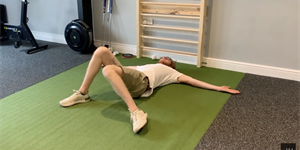
5 Potential Causes of Lower Back Pain for Golfers (And What to Do About It)
By Jon Hodginkson
It’s no secret that lower back pain is a big problem in golf, but that doesn’t mean that injury and pain are inevitable. Here are a few things we can do to minimize that risk.
More
-
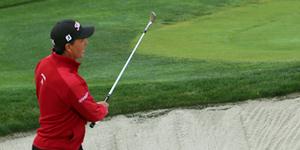
Is Age a Barrier?
By Dave Phillips
Golfers in their 40's are excelling. Lets find out why.
More
-
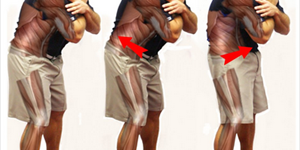
Anterior Tilt and Pelvic Control
By Greg Rose
Is an anterior tilted pelvis throwing you off balance?
More
-
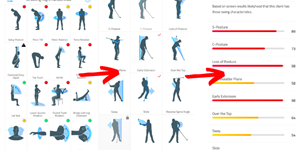
Offseason Golf Performance Program Case Study: It's Never Too Late To Improve Your Body
By Jared Bickle
Many times when I talk to aging golfers they are frustrated with things in their golf game such as losing speed and distance, not being able to play multiple days in a row or dealing with pain during or after their round. The good news is that you don't have to accept this as part of getting older...
More
-

What You Can Learn From No Laying Up's Visit to TPI
By TPI
We recently had the opportunity to evaluate DJ, Cody and Casey from No Laying Up and wanted to highlight a few insights from their assessment that might be instructive to you or your golfers.
More
-
.300x150.jpg)
Fighting 'Father Time' with Neil from No Laying Up
By TPI
Our assessment with Neil from No Laying Up revealed one of the most-common Body-Swing Connections we see.
More
-
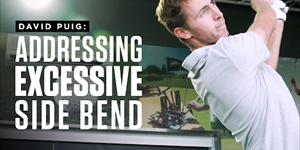
Helping Rising Star David Puig Limit Side Bend to Alleviate Stress on Lower Back
By TPI
At just 22 years old, David Puig is one of the most talented young golfers in the world, but when we met him two years ago, he was already complaining of lower back pain. Though pain is multifactorial, we always want to investigate if mechanics or movement capabilities could be contributing factors. In David’s case, his movement screen matched his 3D data, suggesting that his body may be an underlying driver of inefficient technique.
More
-
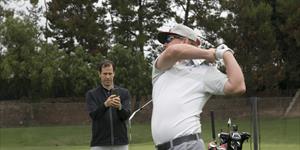
Charley Hoffman's Body-Swing Connection
By Lance Gill
Charley Hoffman made his first international team at the 2017 President's Cup. Here's how his swing relates to his physical capabilities.
More
-
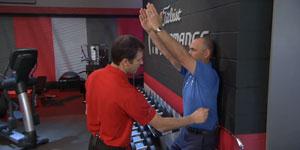
The Lat Test
By Dr. Greg Rose
This is a screen for shoulder mobility.
More
-
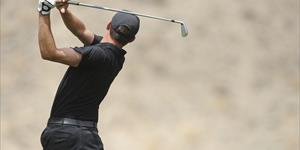
A TPI Certified Expert's Journey to a Pain Free Swing
By Ian Manning
TPI Certified physical therapist Ian Manning chronicles his progress to overcome back pain in his golf swing.
More
-
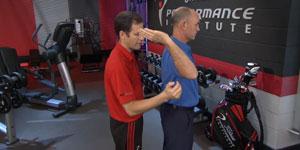
The 90/90 Test
By Greg Rose
Looking at the player's mobility in the shoulder joint and the stability of their scapula- The 90/90 Test
More
-
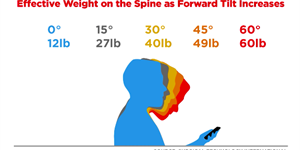
When Working To Improve Rotational Capabilities, Don't Overlook The Neck
By Kevin Dishon
The cervical spine is one of the more neglected body parts in terms of mobility training, but it is extremely important, especially considering how modern lifestyles impact posture.
More
-
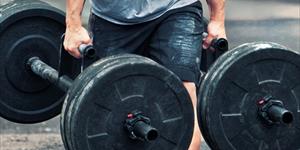
How Weighted Carries Can Benefit Your Golf Game
By Bobby Dattero
Carries are tremendous exercises for improving work capacity, grip training, core strength, coordination, and shoulder health.
More
-

Increase Distance by Changing Your Angle of Attack
By Dave Phillips
A simple setup change can help you hit the ball further.
More